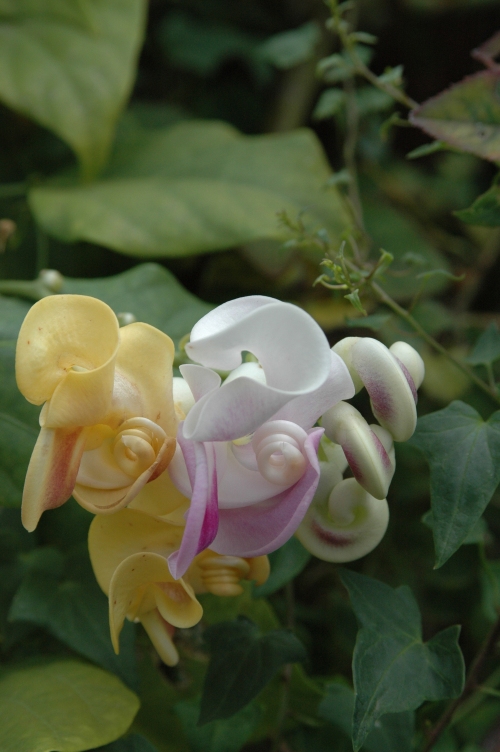Neomaricis gracilis – Walking Iris
Photo: D. McCallum

A somewhat unusual bulb, although now becoming better known after Flourish Garden Club had quite a few of them for sale at our last Plant Sale in 2014.
Neomaricis gracilis is a versatile bulb, with handsome strap shaped leaves, typical of the Iris family, and very decorative blue and white flowers, from late spring to early summer. It needs little attention, although it flowers much better if it gets enough water together with some some compost and fertiliser. I have found it does well in morning sun or dappled shade and also grows well in pots.
This bulb has an interesting way of propagating itself. After the flowers have faded, their stems will slowly start lowering themselves towards the ground and will eventually root and form another plant from the faded flower. I help mine by gently pulling the spent flower stem down, once a shoot appears, and anchor it into the soil, either adjacent to the mother plant, or in a pot. Once the offset shows signs of starting to grow, the flower stem can be cut and you have another plant!
Limited stocks of this plant will be available at our sale. This bulb is not often (if ever) found at Garden Centres, so if you want one – come early to the sale – Saturday and Sunday 12 and 13 November.






 “You will never get foxgloves to flower in just a few months, unless they are this type or that!” So say many seasoned gardeners.
“You will never get foxgloves to flower in just a few months, unless they are this type or that!” So say many seasoned gardeners.



